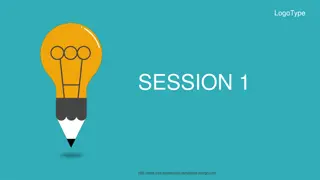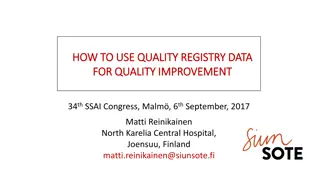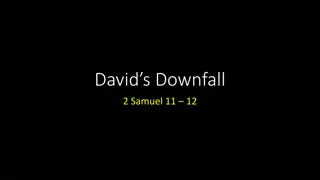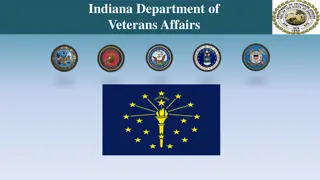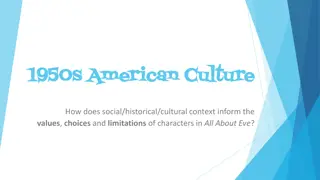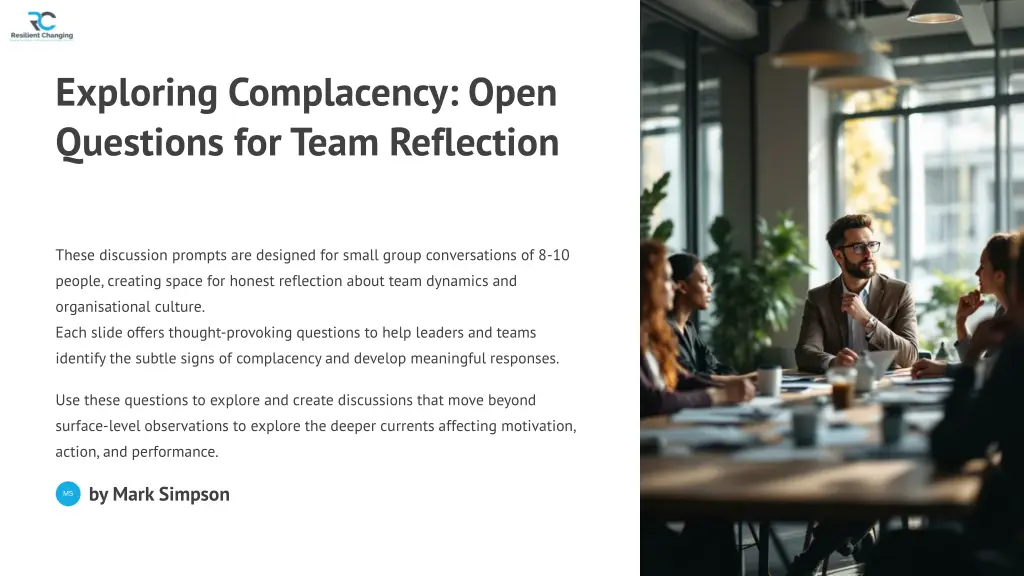
Open Questions for Team Reflection on Complacency
Explore thought-provoking questions for team reflection on complacency, addressing underlying factors and performance issues. Identify signs of coasting behavior and motivation sources to foster a challenging team environment.
Download Presentation

Please find below an Image/Link to download the presentation.
The content on the website is provided AS IS for your information and personal use only. It may not be sold, licensed, or shared on other websites without obtaining consent from the author. If you encounter any issues during the download, it is possible that the publisher has removed the file from their server.
You are allowed to download the files provided on this website for personal or commercial use, subject to the condition that they are used lawfully. All files are the property of their respective owners.
The content on the website is provided AS IS for your information and personal use only. It may not be sold, licensed, or shared on other websites without obtaining consent from the author.
E N D
Presentation Transcript
Exploring Complacency: Open Questions for Team Reflection These discussion prompts are designed for small group conversations of 8-10 people, creating space for honest reflection about team dynamics and organisational culture. Each slide offers thought-provoking questions to help leaders and teams identify the subtle signs of complacency and develop meaningful responses. Use these questions to explore and create discussions that move beyond surface-level observations to explore the deeper currents affecting motivation, action, and performance. MS by Mark Simpson
Why Talk About Complacency? Root Cause Analysis Understanding the underlying factors enables targeted, meaningful interventions rather than superficial solutions. Silent Performance Killer Catalyst for Change Complacency often develops gradually, quietly eroding performance standards and innovation before becoming clearly visible. These questions create a framework for honest reflection, helping teams recognise patterns they might otherwise overlook. Addressing complacency isn't about assigning blame. However, it s worth acknowledging that that even higher-performing teams can drift into autopilot. These conversations create the psychological safety needed to honestly assess where energy has diminished, what might be causing this and why it needs to change.
What's the Mood Like? Energy Assessment Comfort vs. Challenge Motivation Sources How would you describe the general mood or energy in the team right now? What metaphor might capture how it feels to be part of this team currently? In what ways do you think people feel stretched or comfortable in their roles at the moment? Where might we have settled into routines that no longer serve us? Where do you think motivation is coming from right now, and what might be missing? When was the last time the team felt genuinely excited about something? Team moods are contagious and often reflect deeper organisational currents. These questions help surface whether people are operating from intrinsic motivation or merely going through motions. The emotional climate of a team can be an early indicator of complacency before performance metrics show any change. Listen carefully for emotional language in responses, words like "frustrated," "bored," or "uninspired" signal areas needing attention. Look for how people answer, are they passionate, animated, resigned and/ or low energy?
Are We Coasting or Challenging? Identifying Coasting Behaviors What are some signs that people might be 'coasting' rather than pushing for improvement? How might this show up in meetings or deliverables? Diminished Questioning What things that we used to challenge or question now just get accepted? When did this shift begin to happen? Risk Tolerance Assessment How comfortable do people feel taking risks or trying something new? What happens when someone suggests an unconventional approach? Feedback Patterns What do you notice about how feedback is given, received, or acted on? How has this changed over time? When teams stop challenging assumptions or questioning processes, complacency has likely taken root. These questions explore whether intellectual curiosity and healthy debate still thrive or if the team has slipped into patterns of passive acceptance. The responses here often reveal whether people feel psychologically safe enough to voice concerns or take calculated risks.
How Is Our Setup Influencing Us? System Effects Metrics Mindset Effort-Reward Connection What systems or routines might be unintentionally encouraging people to play it safe or stick with the status quo? Are there any KPIs or targets that feel like a 'tick box' exercise rather than something meaningful or motivating? To what extent do people believe their efforts will lead to noticeable change or appropriate recognition? Systems and structures often outlive their usefulness but remain in place through inertia. These questions help identify whether current performance metrics, meeting structures, or decision-making processes are inadvertently fostering complacency by rewarding compliance over innovation. Look especially for disconnects between stated values and what actually gets rewarded or recognised in day-to-day operations. These misalignments can quickly drain motivation and encourage minimum-effort approaches.
What Signals Are We Getting from the Top? Clarity of Direction Leadership Messages Leadership Modeling How clear is the team on what success looks like right now, and why it matters? Do people understand how their work connects to broader organisational goals? What messages or signals are people getting from leaders about ambition, standards, or urgency? Are these consistent or contradictory? How consistent are leaders in modeling the behaviors they expect from others? Where might there be gaps between words and actions? Leaders cast long shadows. Their behaviors, priorities, and communications set the tone for what's truly valued. These questions explore whether leadership is inadvertently signaling that "good enough" is sufficient or whether they're clearly communicating and modeling higher expectations. The alignment between leadership messaging and behavior is particularly crucial inconsistencies here can rapidly erode motivation and engagement, regardless of official policies or statements.
Reflecting and Re-energizing Purpose Reconnection What would help people feel a stronger sense of meaning in their work? Immediate Catalysts What one change would most re-energise the team tomorrow? Empowerment Foundations What would need to be true for people to feel more accountable? After exploring potential sources of complacency, these questions shift the conversation toward constructive solutions. They invite participants to envision specific changes that could reinvigorate the team's sense of purpose and agency. The focus on concrete, actionable shifts, rather than wholesale transformations. This helps avoid the paralysis that can come with trying to address everything at once. This approach builds momentum through targeted interventions that can create virtuous cycles of re-engagement.
Capturing What We've Heard Action Planning Notice Without Blame Use the insights gathered to shape specific, meaningful next steps and follow-up conversations focused on key leverage points. Visual Documentation Focus on observing patterns without assigning blame. Create space for honest acknowledgment of current reality without defensiveness. Pattern Recognition Use tools like post-its or whiteboards to track emerging themes. Group similar insights together to identify core issues versus symptoms. Look for recurring themes and standout points across the conversation. What were the moments when energy in the room changed; either positively or negatively? Effective facilitation means capturing insights without rushing to solutions. This final phase focuses on consolidating what emerged during the discussion into usable intelligence about your team's current state. The emphasis on noticing without blaming creates psychological safety that encourages continued honest reflection. Remember that the goal isn't to solve everything immediately but to develop a clear-eyed understanding that can inform thoughtful intervention.





